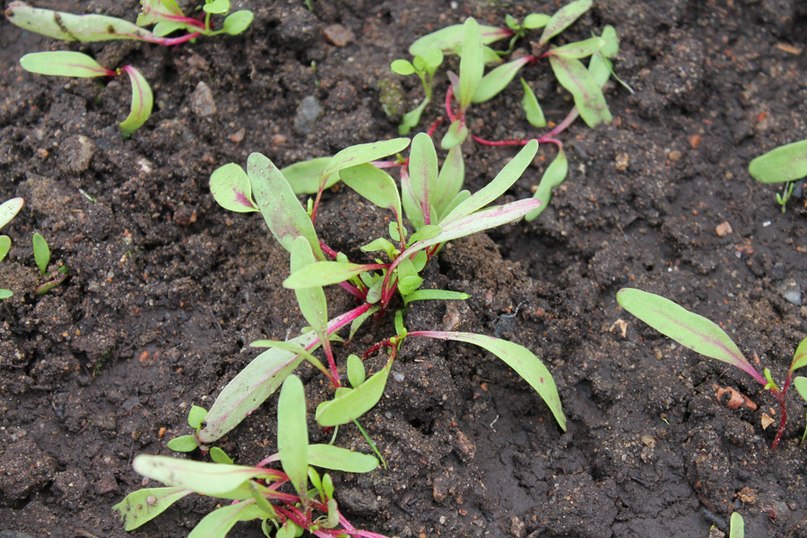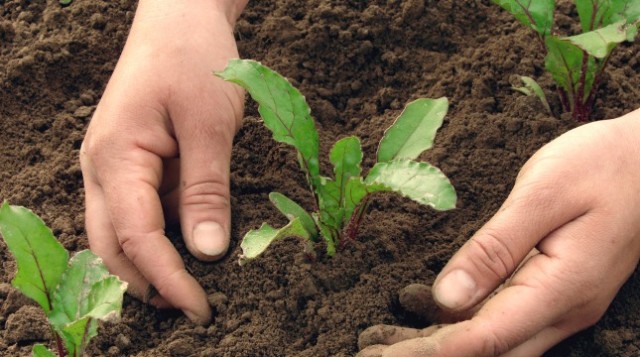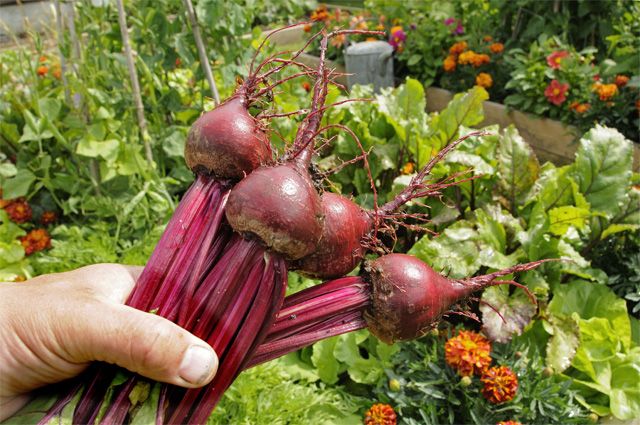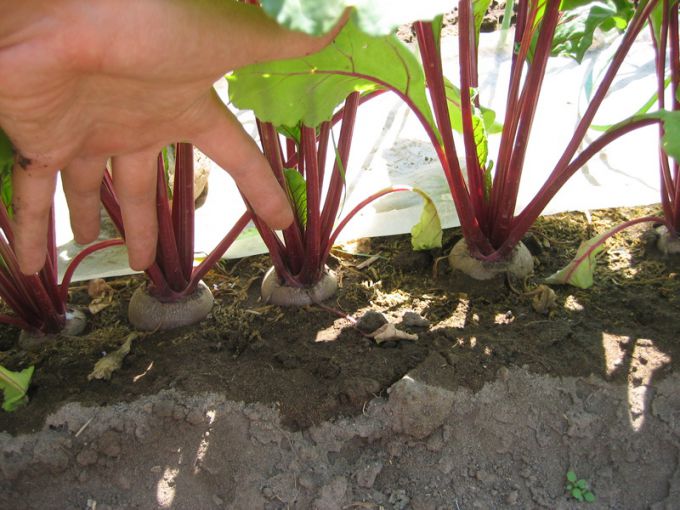All varieties of beet, with the exception of a few, for example, Odnolistovoe are in the seed-ball mnogozadachnosti. So the beet seedlings in the garden look "corsage", and if not in time to do the thinning, it will have a negative impact on the further development of plants (curvature of the stem, the damage forming roots, stunting, irregular shape of the root, etc.).
When and how to carry out thinning seedlings of beetroot?
This agronomical operation should be done in phase 4 to 3...the leaves on the rosettes of beet. Despite the fact that in the initial stage of the beet grows very slowly, hold, this should in time and in wet soil. The rows of plants, depending on the shape and size of the roots, located at a distance of from 5 to 7...8 cm from each other. At 1 p. M. on average, leave up to 15 pieces on 1 sq. m. grow 30 to 50 plants.
One of the indicators of quality of beet roots is their weight. Take into account the fact that excessive thinning leads to growing very large roots, which degrades the quality, appear rough whitish fibrous ring. Saudinet landings used in the early farming of root crops and summer getting product on the beam.
In the case of uneven germination in the beds with beetroot, pulled out the extra plants carefully tended, planted in the place of unwanted passes in the beds or to other crops (onions, lettuce, cabbage). The exception would be beans and mustard, as beets their neighborhood does not like.
After thinning, the transplanted and the plants carefully watered. In the future, until complete survival monitor the humidity of the soil, and with the appearance of the soil crust carry out shallow cultivation around the plants.
Variety with cylindrical roots after transplanting grow up with deformed shapes and transplant the extra seedlings thinned of such varieties is not recommended. Although they survive as good as other varieties.
